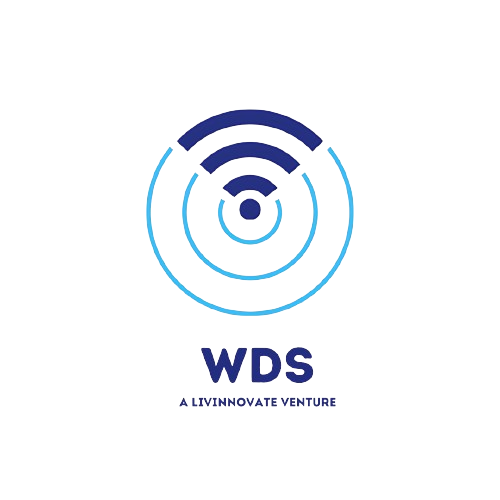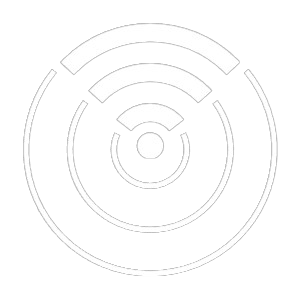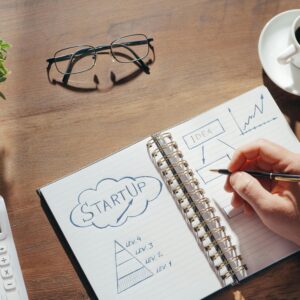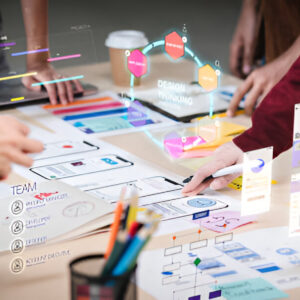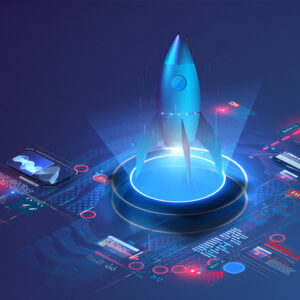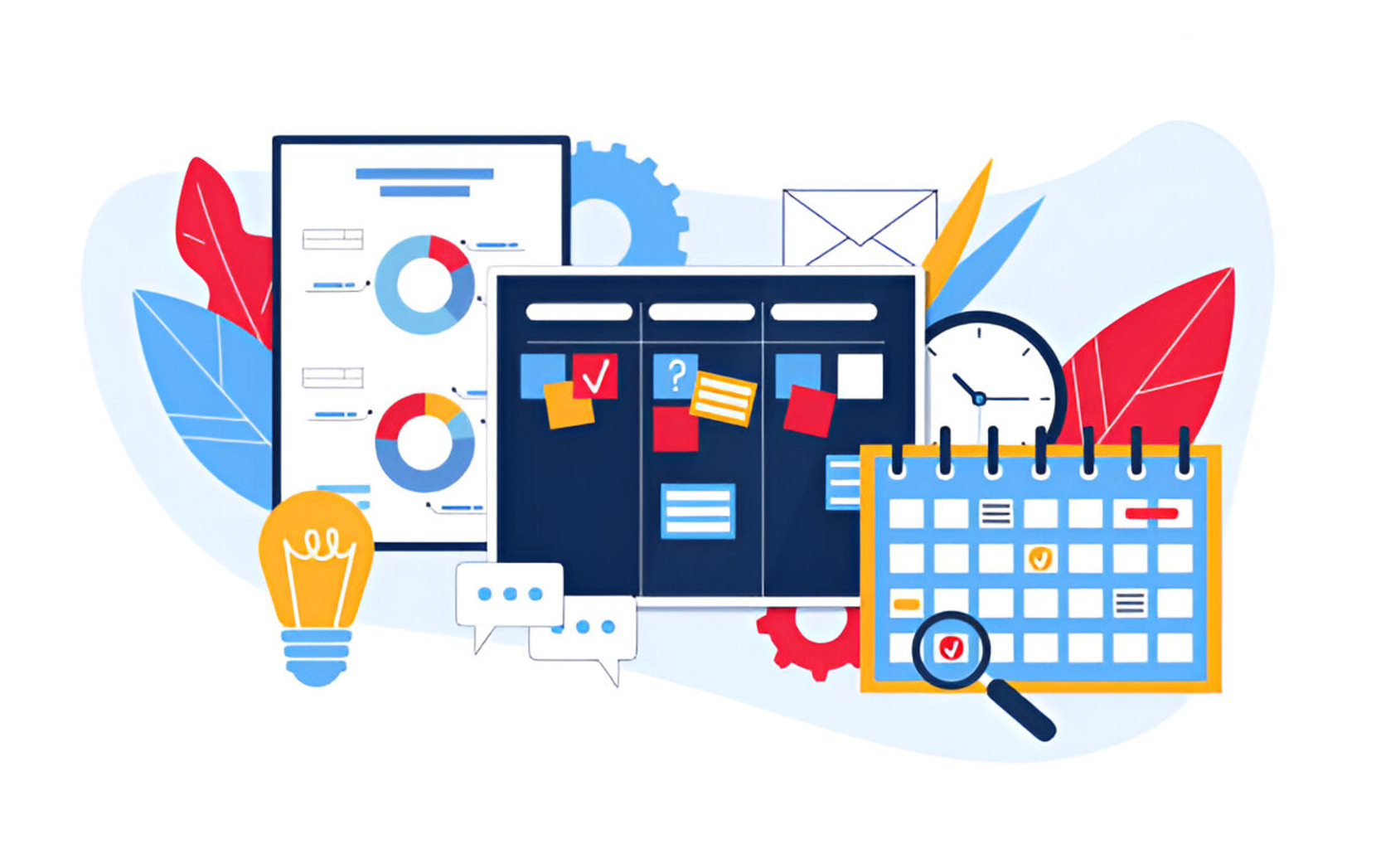
Developing a successful product is a journey that requires careful planning, execution, and continuous refinement. At Wave Development Studio (WDS), we have successfully navigated the entire product development lifecycle, from conceptualization to release, ensuring that every product meets the needs of its users while also maintaining high-quality standards. In this case study, we walk you through the key stages of the product development lifecycle, using our own experiences to highlight best practices and insights.
1. Conceptualization: The Foundation of Every Product
The product development lifecycle begins with a solid idea. At WDS, we conceptualized a product to connect startups, candidates, investors, advisors, and mentors—a platform that solves real-world problems. During this stage, we conducted thorough research to understand the market, identify potential users, and define the core features and functionality of the app.
- Market research is essential to understand customer needs.
- Defining your target audience early helps tailor features to real-world use.
- A clear vision for the product’s value proposition sets the foundation for success.
2. Planning and Strategy: Mapping the Road Ahead
Once the concept is clear, the next step is creating a plan. We mapped out the product’s features, design, and development needs. This stage also includes setting realistic timelines, budgets, and resources. Collaboration between stakeholders, such as product managers, developers, and designers, is crucial in this phase.
- Set clear, achievable goals and deadlines.
- Collaboration between teams is essential for effective planning.
- Regular communication helps keep everyone aligned with the product’s vision.
3. Design and Prototyping: Shaping the User Experience
Design is at the heart of every product’s success. We focused on creating an intuitive, easy-to-use interface that would resonate with our target audience. During the prototyping phase, we developed wireframes and mockups to visualize the product before full-scale development began. This step allowed us to gather user feedback early and make necessary changes.
- User-centered design ensures the product meets customer needs.
- Prototypes and wireframes help visualize the product early.
- Continuous feedback from users can refine the design and user experience.
4. Development: Bringing the Product to Life
With the design and features set, development begins. Our development team used agile methodologies to build the product in iterative cycles, ensuring that each feature was tested, refined, and improved before moving on to the next. This approach allowed us to catch bugs early, improve functionality, and ensure the product remained on track.
- Agile development enables flexibility and faster delivery.
- Testing early and often helps catch bugs and improve functionality.
- Breaking the project into smaller, manageable tasks reduces risks.
5. Testing and Quality Assurance: Ensuring a Flawless Product
No product is complete without thorough testing. Our quality assurance (QA) team worked closely with the development team to test the product’s functionality, usability, and security. We performed both manual and automated testing to ensure that the app worked seamlessly across all devices and platforms.
- Testing is critical to ensuring a high-quality product.
- Both manual and automated testing are necessary for comprehensive coverage.
- QA ensures the product works as intended and is free from defects.
6. Launch: Bringing the Product to Market
After rigorous testing and final adjustments, the product is ready for launch. This stage involves deploying the app, monitoring its performance, and ensuring that all systems are running smoothly. We also focused on marketing and user acquisition, driving traffic to the app and gathering early feedback.
- A well-executed launch ensures smooth deployment and user adoption.
- Marketing and user acquisition are essential to gaining early traction.
- Monitoring performance helps address issues quickly.
7. Post-Launch: Continuous Improvement
The product journey doesn’t end with the launch. After the release, we focus on gathering user feedback, monitoring performance, and releasing updates. Continuous improvement is key to keeping users engaged and ensuring long-term success. We also keep track of emerging trends and technology to enhance the product’s functionality.
- Post-launch feedback is essential for ongoing improvements.
- Regular updates keep the product relevant and competitive.
- Listening to users helps identify new features and fix issues quickly.
Conclusion: The Path to Success
Navigating the product development lifecycle from concept to release requires careful planning, execution, and continuous iteration. By focusing on the needs of the user, maintaining clear communication across teams, and staying flexible throughout the process, we at Wave Development Studio have been able to develop products that not only meet but exceed expectations.
By following these steps, your product development journey can lead to a successful launch and long-term success in the market. At WDS, we pride ourselves on our ability to turn ideas into innovative products that solve real-world problems.
